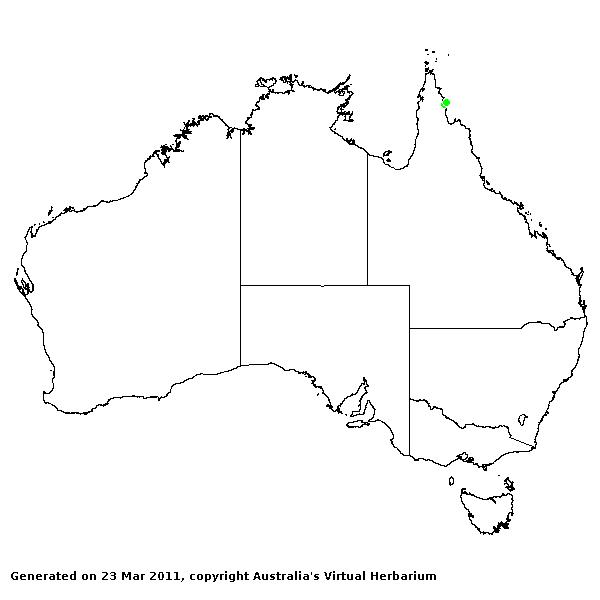Scrotochloa Phytologia 56: 299 (1984).
Derivation:. From Latin scrotum (pouch) and Greek chloe (grass), alluding to the pouch-like utricle.
Taxonomic revisions, nomenclatural references:. E.J.Judziewicz, Phytologia 56: 299–304 (1984).
Key references (keys and floras):. M.Lazarides, Tropical Grasses S.E. Asia 188–189 (1980) as Leptaspis; B.K.Simon, Key to Australian Grasses 155 (1993); D.Sharp and B.K.Simon, AusGrass (2002); A.Wilson (ed.), Flora of Australia 44A: Poaceae 2: 7–9 (2009).
W.D.Clayton & S.A.Renvoize, Genera Graminum (1986), genus (syn. of Leptaspis).
Native. 2 species, from Sri Lanka and Southeast Asia to New Guinea and the Solomon Islands. 2 species in Australia, Qld. Also New Guinea and Malesia.
Habit. Perennial, decumbent. Leaf blades broad, pinnately veined (the laterals diverging obliquely from the midrib). Ligule an unfringed membrane (minute). Plants monoecious with all fertile spikelets unisexual, male and female-fertile spikelets mixed in inflorescence.
Inflorescence. Inflorescence paniculate (1-noded), an open panicle with branches ending in single spikelets, open, non-digitate (the spikelet branchlets without subtending bracts). Spikelet-bearing axes with heteromorphic spikelets, falling entire (the inflorescence separating below the single node). Male spikelets with proximal incomplete florets.
Spikelets. Spikelets laterally compressed, 1 flowered, with 1 fertile floret, solitary, pedicelled (the female pedicels clavate). Fertile spikelets falling with glumes.
Glumes. Glumes relatively large, more or less equal, long relative to adjacent lemmas, pointed (acute), awnless, dissimilar (both ovate, caducous, purplish brown). Lower glume 5–7 nerved. Upper glume 5–7 nerved.
Florets. Fertile florets 1. Lemmas urceolate-scrotoform, with connate margins and a terminal pore through which the style emerges, decidedly firmer than glumes, becoming indurated, muticous, 9 nerved, densely hairy (uncinate-pubescent). Palea relatively long, indurated, 2 nerved. Stamens 0 (with 3 minute staminodes). Pedicelled spikelets with glumes.
Kranz Anatomy. C3.
Habitat. In forest. Shade species.
Classification. Pharoideae; Phareae.
Notes. Scrotochloa is easily distinguished from all other grasses by its combination of inverted, obliquely-veined leaf blades and a detachable umbelliform panicle bearing densely uncinately hairy, pouch or urn-shaped pistillate spikelets (Judziewiez 1984).
Types Species. S. urceolata (Roxb.) Judz.
Biogeographic Element. Clifford & Simon 1981, Simon & Jacobs 1990: Indo-Malayan.


